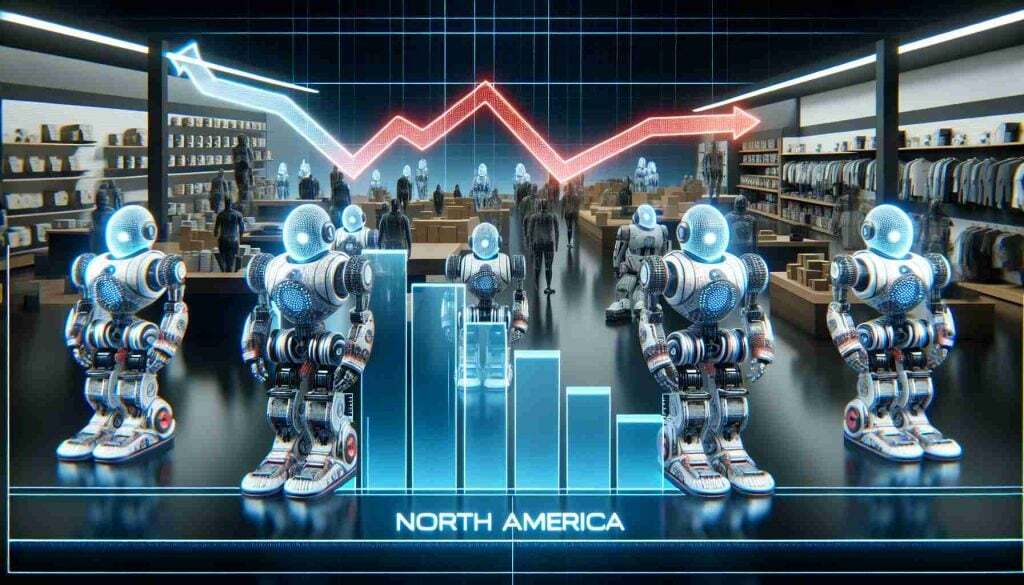In 2023, North American companies showed reluctance to purchase robots, with orders declining by 30%, marking the largest drop in percentage terms since 2006.
The decrease, totaling 31,159 robots, reflected concerns over a slowing economy and higher interest rates, leading businesses to postpone investments. Automotive-related industries, constituting half of the market, experienced the brunt of this decline, alongside sectors like food and metals manufacturing.
This setback occurred despite some companies’ efforts to innovate in robotics. Startups like Figure announced partnerships with established firms like BMW to deploy humanoid robots in manufacturing. Similarly, Tesla ventured into humanoid robot development.
However, prevailing economic uncertainties and excess inventories from the COVID-19 pandemic hindered sales for many robot makers. Universal Robots, for instance, reported a 7% revenue decline in 2023.
The surge in robot sales during the pandemic contrasted sharply with the downturn in 2023. Companies rushed to automate processes amid labor shortages in 2022, setting a record year for robot orders. Nevertheless, other indicators of business spending remained steady, suggesting that companies were cautious with investments.
Integrators like CIM Systems Inc. experienced a shift in business dynamics, with some projects delayed due to economic concerns. However, there are signs of optimism as customers inquire about updated quotes, indicating potential business growth.
Despite the challenges, industry insiders remain hopeful for a rebound in the latter half of 2024, believing that the sector has overcome the disruptions caused by the pandemic.
While inventory glut and economic uncertainties persist, the ongoing labor shortage in the U.S. ensures continued demand for robots.
The workforce challenge underscores the importance of automation in addressing production needs. Despite the current downturn, prospects for the robotics industry remain positive, driven by technological advancements and the persistent need for labor-saving solutions.






